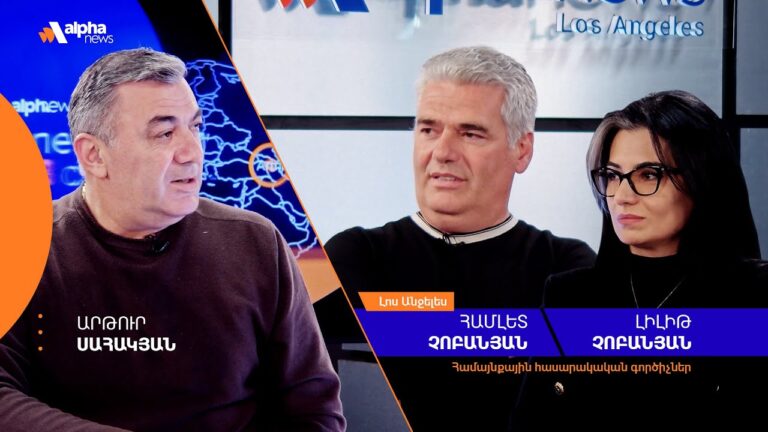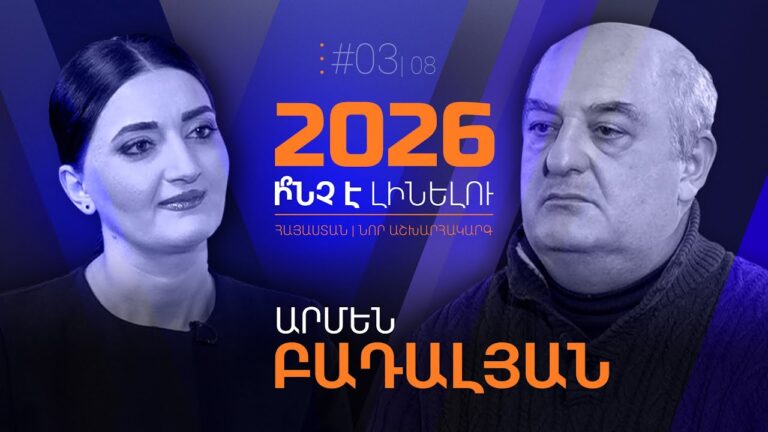First Artsakh and “enclaves”, now “Zangezur corridor”
October 11 2023, 10:00
The political processes in Armenia—or rather, the absence of these very processes—indicate that not only a significant part of the Armenian society, but also the overwhelming majority of Armenian politicians did not realize that on October 5 in Granada Nikol Pashinyan signed a document which would put the Armenian citizens in the same situation in which the Artsakh citizens found themselves after the recognition of Azerbaijan’s sovereignty over Artsakh in Prague in October 2022.
Pashinyan provided Aliyev with a legitimate basis for attacking Armenia to seize “enclaves”, which, according to Pashinyan’s signature, are included in the Azerbaijani 86.6 thousand square kilometers. Pashinyan gave Aliyev “carte blanche” to create many “Lachin corridors” on the territory of Armenia itself to control the most important transport and energy communications of the Republic, connecting it with Iran, Georgia and the outside world.
All of this suggests that Baku and Ankara do not intend to give Armenia even a little break, and the pressure on official Yerevan will continue to increase.
It is no coincidence that after the signing of the document on the dissolution of Karabakh statehood, the Turkish Parliament turned to the International Atomic Energy Agency (IAEA) with a demand to take measures to close the nuclear power plant operating in Armenia. It is no coincidence that 2 days after the summit in Granada, Aliyev demanded “the de-occupation of 8 Azerbaijani villages under the control of Armenia” in a phone conversation with Charles Michel, and the Turkish President, having named a key condition for the development of further dialogue with Armenia, again demanded that Armenia open the promised “Zangezur corridor”.
The actions of Ankara and Baku are based on their state interests. Moreover, the Turkish media and experts do not hide that, having received the “Zangezur Corridor,” Turkiye will continue to set more and more conditions for Armenia:
1. Completely abandon nuclear energy;
2. Withdraw the Russian 102nd military base;
3. Limit your armed forces;
4. Abandon the Declaration of Independence and revise the National Security Strategy;
5. Recognize the Treaty of Kars, etc.;
In fact, all those who since the 1990s have been propagating the idea of “sacrificing Artsakh to save Armenia” can see that the appetites of Aliyev and Erdogan are not limited to Artsakh, and the topic of Karabakh was used by Pashinyan, as well as Levon Ter-Petrosyan only as a tool of political struggle, a tool to divide society.
Today, no one even remembers that in the spring of 2023, RA Foreign Minister Ararat Mirzoyan announced that Yerevan and Ankara agreed to open the border for citizens of third countries and persons with diplomatic passports before the start of the 2023 tourist season.
The truth is that no matter how much Nikol Pashinyan tries to make the word “happiness” from the letters “d”, “e”, “a”, “t”, “h”, and tries to convince the Armenian society that the key to the country’s development is in cooperation with Turkiye and Azerbaijan, and it is necessary to “fulfill the last condition, as the border with Turkiye will open and rivers of dollars will flow into Armenia”, the fact remains unchanged that there is no end to the new demands of Ankara and Baku.
The reality is that for both Turkiye and Azerbaijan, the existence of an independent Armenian state, or even an Armenian ethnicity, in the South Caucasus is unacceptable, and it is for this reason that Ankara and Baku will put forward more and more demands to Armenia.







